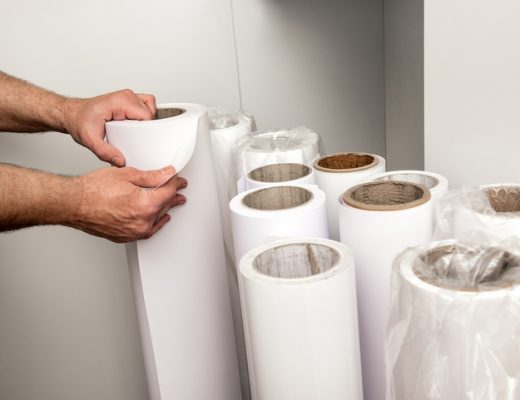There is no better way to fund R&D in Canada than with the SR&ED program, aka Scientific Research & Experimental Development. This program is supported by the Canadian government, businesses, organizations. Individuals are eligible to apply to receive funding for their research and development projects.
SR&ED grants are meant for R&D performed exclusively in Canada. This applies to experimental development, basic research, and various support work around experimental development. The support above work includes design, engineering, operations research, computer programming, data collection, testing, mathematical analysis, and psychological research.
There is a lot of work you may perform on a project that falls outside of the parameters of SR&ED grants and which will not be eligible. This includes market research, sales promotion, quality control, routine testing, and research in the social sciences or humanities. It also involves commercializing a new or improved product or process. In addition, it requires style changes to an existing product or process, routine data collection, and prospecting, exploring, drilling for, or producing minerals, petroleum, or natural gas.
The complex nature of R&D tax incentives and grants can be difficult to understand. Here is what you need to know about SR&ED government grants.
What to expect with SR&ED funding

For eligible projects, the SR&ED tax credit covers up to 69% of labour and overhead costs, 36% of contractor costs, and 45% material costs. You can receive between 15-35% of qualified expenditures covered under the SR&ED program.
Your SR&ED investment tax credit (ITC) will reduce your income tax payable and can, in some cases, result in a refund. Any unused ITCs can be carried back three years or forward 20 years.
Here are six quick facts about SR&ED funding:
1. There are no limits on SR&ED funding.
There are no limits on SR&ED funding. No cap whatsoever. The program can help fund your R&D regardless of cost.
2. SR&ED is not restricted by industry.
Any company conducting research and development in Canada can apply for SR&ED. It does not matter what size organization they are, what industry they work in, or the field of technology so long as the project scope and work completed within its framework fits the criteria for the program.
3. Foreign companies may apply for SR&ED.
Foreign companies can qualify for the SR&ED program. However, they must be working through a Canadian subsidiary and performing eligible R&D in Canada for either themselves or on a contractual basis for the foreign-owned parent company.
4. Thousands of businesses receive SR&ED.
Approximately $3 billion in tax incentives are distributed through SR&ED to more than 16,000 claimants. Assuming the criteria to qualify are followed, there is an excellent chance that SR&ED is right for you.
5. You can apply SR&ED funding to future income.
If you receive SR&ED tax incentives, these can be pooled and deducted against current-year income or withheld and then deducted in a future year. This allows you to maximize your tax benefits as you prefer.
6. There is additional r&d funding available provincially
In various provinces and territories, there is additional funding available for R&D for qualifying businesses under SR&ED. When applying to the SR&ED program, these additional grants and tax credits are worth looking into when applying to the SR&ED program.
List of eligible SR&ED expenditures

Though one can take a deep dive into SR&ED expenditures, eligible expenses include wages and salaries of employees directly tied to eligible R&D work, overhead expenditures, and materials. Machinery, equipment, and buildings are not eligible as these are capital expenditures and are classified from a tax perspective as a capital cost allowance.
In addition to what’s covered, SR&ED also covers contract expenditures for R&D work, salaries and wages incurred by the firm on SR&ED activities conducted abroad, and overhead costs calculated by the proxy method.
How to write an SR&ED grant application

An SR&ED grant application requires extension support documents to establish what work on a project is eligible and how it links to claimable expenditures. You must establish why an R&D project qualifies under the SR&ED criteria and outline separations between eligible work and other business activities.
Understandably not all projects’ entireties will be claimable under SR&ED. Furthermore, if your application is audited, further documentation and information will be sought to support any claims.
SR&ED application time

The CRA administrates the SR&ED program. They aim to have all claims processed within 60 calendar days of the day that it is received. If additional information is sought, this extends the time an application will take to process. Any refundable claims selected for review or audit are completed within 180 calendar days of receiving a completed claim.
An SR&ED claim is filed after a project is underway or completed and should be treated as a reimbursement of past expenses rather than a traditional grant funding future research.




